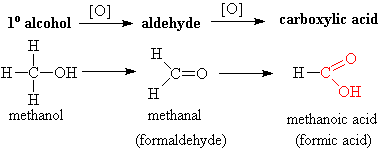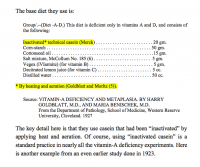Travis
Member
- Joined
- Jul 14, 2016
- Messages
- 3,189
And yet Peat is still not a fan of high carotene foods. Could be a reason for low thyroid. I don't get a lot of them in my diet and my thyroid is fine. 98.7 90 pulse, that is without caffeine. With it goes even higher.
This is because he confounds a symptom with a cause. A lack of thyroid hormone lowers the conversion of carotenes into retinol, not the other other way around. Carotenes do not cause hypothyroidism and they never have.


